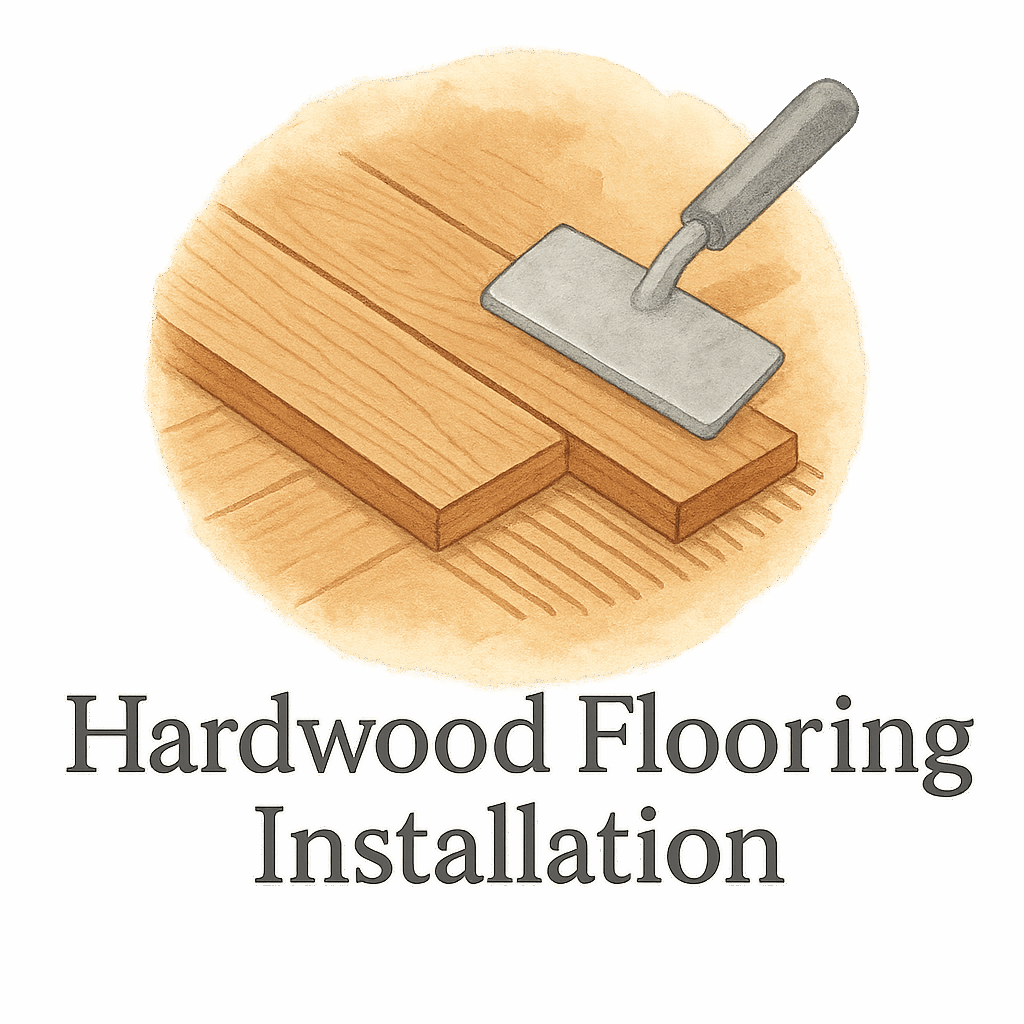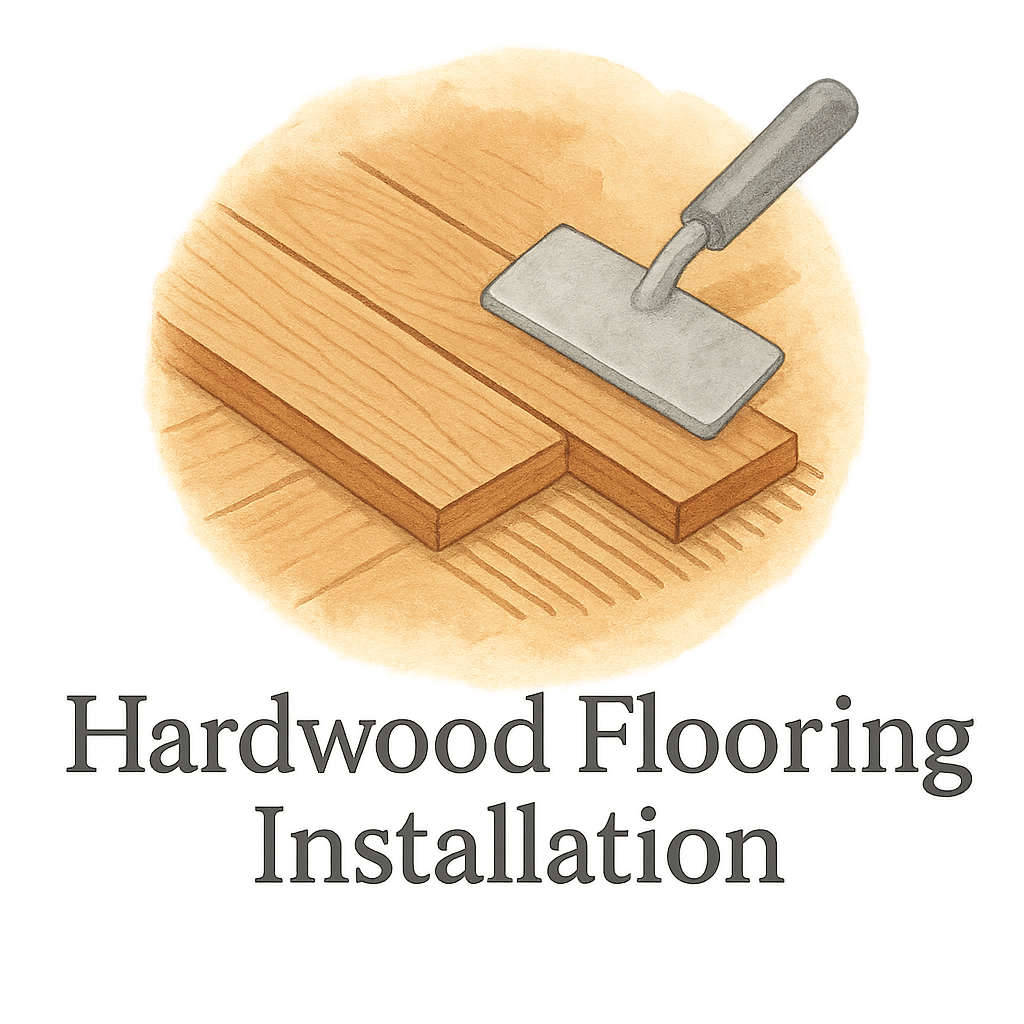Introduction
So, you’ve installed those gorgeous hardwood floors and admired the craftsmanship. But now, just a few months or years later, something feels… off. Maybe it’s a creak here or a gap there. Is it just settling—or is your floor waving a red flag? Let’s walk through the 7 signs your flooring needs repair after hardwood installation so you can catch issues before they become major expenses.
If you’re concerned about floor damage, visit our Flooring Maintenance & Repair guide for expert advice.
1. Uneven or Sagging Hardwood Floors
What Causes Floor Unevenness?
Floors should be flat and solid, but if yours dip or feel spongy underfoot, you’re dealing with more than just an aesthetic issue. This can stem from subfloor problems, water damage, or poor installation practices.
Want to know if your subfloor was prepped right? Check out our Flooring Preparation resource.
Why This Needs Immediate Attention
Uneven flooring can trip you up—literally. More importantly, it often means foundational damage. Repairing this early can save your entire hardwood installation from being compromised.
2. Persistent Creaking or Squeaking Sounds
Normal Settling vs. Repair-Needed Noises
All hardwood floors will make some noise. But if your planks sound like they’re auditioning for a horror movie every time you walk by, it’s probably a deeper issue—like loose nails or gaps.
Common Sources of Floor Noises
- Improper underlayment
- Inadequate nailing
- Floor joist separation
Learn about choosing the right flooring tools and materials for lasting results.
3. Visible Gaps Between Planks
Humidity and Expansion Gaps
Hardwood expands and contracts with humidity. Some gap is natural. But if you’re seeing wide separations, especially in a staggered or repeating pattern, it’s time to call a pro.
Explore how DIY Flooring Installation mistakes can lead to persistent gaps.
When Gaps Signal Damage
Large or growing gaps can mean the adhesive is failing or the boards are warping. Left unchecked, it can cause loose planks, which may eventually break or splinter.

4. Water Damage and Stains
Spotting Water Damage Early
Dark stains, soft wood, or buckling planks are telltale signs. Hardwood doesn’t like water—and if you see water damage, there’s usually more lurking beneath.
Discover how flooring cost & time estimation varies when water repairs are involved.
Repairing Water-Affected Hardwood
Depending on the extent, you may need:
- Spot repairs
- Board replacements
- Full refinishing
- Mold remediation
5. Loose or Lifting Boards
Why Boards Lift and Shift
Boards may lift due to:
- Improper acclimation before installation
- Subfloor movement
- Moisture or glue failure
You’ll feel this when walking—like a click or pop underfoot.
Fixes and Prevention Tips
You can re-glue or nail down loose boards, but prevention is easier. See our tag: install for the best methods.
6. Surface Wear and Deep Scratches
Scratches That Go Beyond Surface
Surface scratches are normal, especially in high-traffic areas. But deep gouges? That’s a sign of:
- Pet damage
- Dragged furniture
- Worn finish layers
When Refinishing Isn’t Enough
Refinishing can only be done a few times depending on plank thickness. If you’re at that limit, board replacement or a new installation may be needed.
Explore our tag: hardwood for care tips.
7. Mold or Mildew Growth
Why Mold Under Hardwood is Serious
Mold beneath flooring is a health risk, not just an eyesore. It can stem from unseen water leaks, spills, or lack of airflow. A musty smell is usually your first clue.
Cleaning vs. Replacing Affected Boards
Mild cases may respond to mold cleaners, but serious growth usually requires board removal and full subfloor sanitizing.
Check out tag: cleaning for DIY solutions and when to call in the pros.
Flooring Repair or Replacement: What’s Next?
Assessing the Overall Damage
You’ve noticed some or all of these signs. So now what? Start with a full assessment, including:
- Moisture testing
- Subfloor inspection
- Finish evaluation
Hiring a Professional vs. DIY Repair
While minor issues might be DIY-worthy (see our DIY flooring tag), structural or water-related damage is best left to pros.
Get quotes using our tag: quotes resources to compare costs before diving in.
Tips for Preventing Hardwood Flooring Damage
- Use area rugs in high-traffic zones
- Maintain humidity levels between 35–55%
- Wipe spills immediately
- Use furniture pads
- Refinish floors every few years
Explore flooring maintenance tips for a long-lasting finish.
Conclusion
Hardwood floors are a long-term investment—but like anything beautiful, they require care and attention. If your floor shows signs of sagging, squeaking, gaps, or water damage, don’t ignore it. Repairing issues early can save you thousands and restore that fresh-installed beauty. For more help, head to Flooring Contractor Plano FBS for detailed guides and expert help.
FAQs
1. How do I know if my hardwood floor is damaged beyond repair?
If there’s widespread water damage, mold growth, or extreme warping, it’s often more cost-effective to replace rather than repair.
2. Can I fix squeaky floors without removing the hardwood?
Sometimes. You can use special adhesives or screws beneath the subfloor if you can access it from below.
3. What causes gaps in hardwood flooring?
Mostly humidity changes, but improper installation or subfloor movement can also play a role. See our tag: mistakes for more.
4. How often should hardwood floors be refinished?
Typically every 7–10 years depending on traffic and wear. Explore our tag: guide for detailed steps.
5. Can I replace just one damaged board?
Yes, if the damage is localized. But matching the color and finish can be tricky.
6. Is mold under hardwood dangerous?
Absolutely. Mold affects air quality and health. See tag: damage for mold-specific advice.
7. What are the best ways to maintain hardwood floors?
Sweep daily, clean with wood-safe products, and control indoor humidity. Visit our tag: tips for more maintenance strategies.


